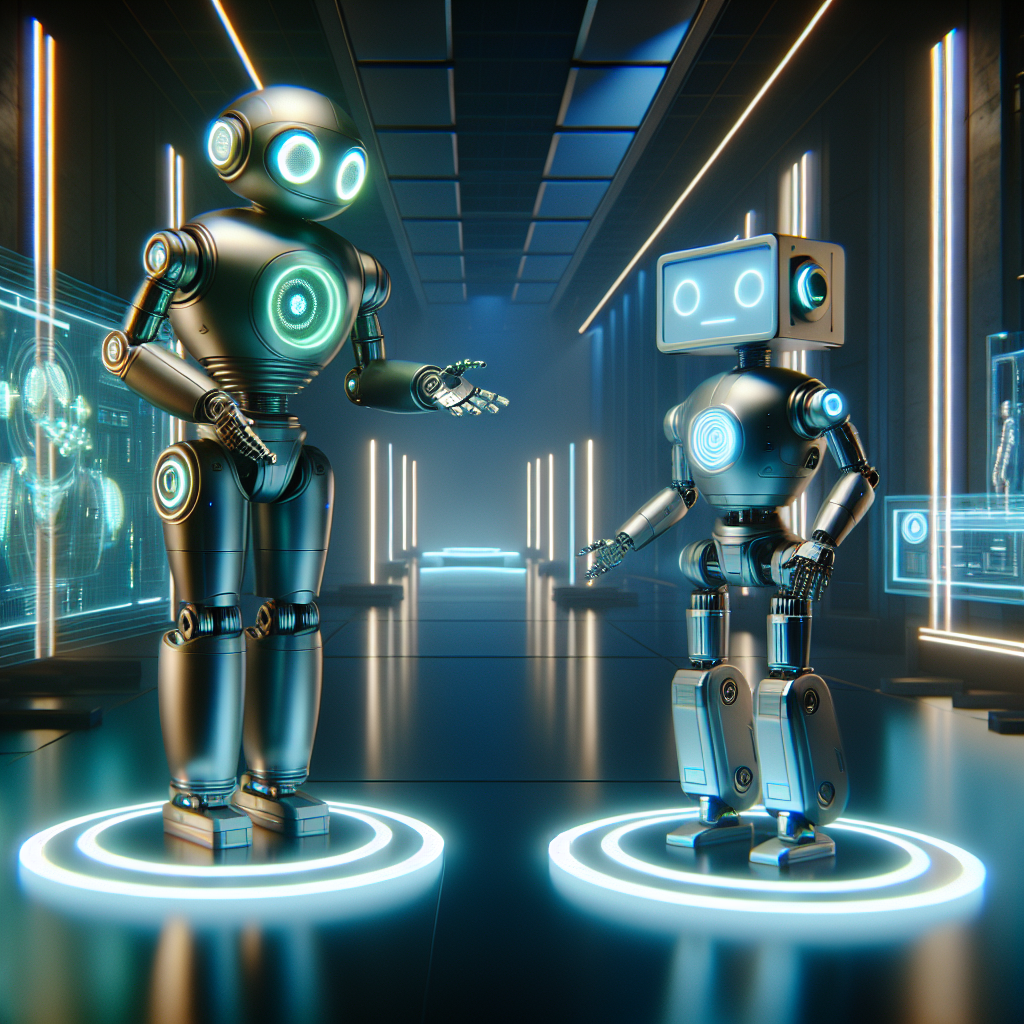The Evolution of Chatbots and the Rise of ChatGPT
Introduction
OpenAI's monumental endeavor to create a revolutionary chatbot, ChatGPT, marked a pivotal moment in artificial intelligence (AI). This detailed analysis delves into the journey that led to ChatGPT's creation, the underlying technologies, and the broader implications for AI chatbot development.
Recognizing the Path to Large Language Models (LLMs)
The journey towards building ChatGPT was neither linear nor simple. The first critical revelation was recognizing that large language models (LLMs) were the optimal path forward. Initially, OpenAI's base models required intricate prompting to generate coherent responses. These models operated on an autocomplete principle, which inherently demanded detailed and precise prompts.
The realization came that creating instruction-following models would simplify the interaction process. These models, crafted from the base models, were designed to respond directly to queries rather than continuing a pattern of questions and answers. This evolutionary step was crucial in making the models more user-friendly and effective for broader applications.
The Role of Google’s Research
Parallel to OpenAI's efforts, Google also made significant strides in chatbot development. Their research initiatives, such as Lambda and Mina, focused on refining chatbots to excel in conversational contexts. These chatbots were designed to adopt personas, often used for entertainment and engaging interactions rather than functional tasks like code refactoring.
Google's work provided valuable insights and highlighted the potential of chatbots beyond mere question-answering. However, OpenAI sought to merge functionality with conversational ease, aiming for a chatbot that could assist in practical tasks while maintaining a coherent dialogue.
WebGPT and the Drive for Conversational Models
OpenAI's project, WebGPT, played an instrumental role in this transformative process. Initially developed for question answering supported by web browsing and retrieval, WebGPT underscored the necessity for a conversational interface. The ability to ask follow-up questions or seek clarifications made the conversational model more intuitive and efficient.
The transition from WebGPT to a more advanced conversational assistant marked a significant leap. By early 2022, OpenAI had begun integrating these conversational capabilities with their GPT-3.5 model. This model exhibited proficiency in both language and coding, making it an ideal candidate for a robust chatbot.
Training and Development of GPT-3.5 and GPT-4
The training phase for GPT-3.5 concluded at the beginning of 2022, revealing its potential for coding assistance. This capability was a major motivation for refining the model into a conversational assistant. OpenAI incorporated browsing capabilities but eventually deprioritized this feature, given the model’s substantial internal knowledge.
By August 2022, GPT-4's training was completed. This model demonstrated exceptional performance, especially in instruction-following tasks. However, initial versions of GPT-4 were prone to occasional hallucinations and unreliable outputs, making them unsuitable for immediate deployment without further refinement.
Merging Instruction and Chat Data
The breakthrough came when OpenAI decided to merge the datasets for instruction-following and chat models, aiming to harness the strengths of both. This hybrid approach resulted in a model that was not only easier to use but also exhibited predictable, sensible behavior.
The challenge of defining tasks for instruct models often led to ambiguity, both for the models and the human data labelers. In contrast, chat-oriented models with clear conversational contexts provided a more coherent training framework. This clarity facilitated the creation of a robust and intuitive chatbot that users could interact with naturally.
Challenges in Fine-Tuning and Iterative Training
While theoretically possible, replicating ChatGPT using publicly available fine-tuning APIs posed significant challenges. Merely fine-tuning on high-quality human-written data was insufficient. Iterative supervised fine-tuning, akin to reinforcement learning (RL), was crucial. This process involved humans editing model-generated outputs, bridging the gap between human-level quality and model capabilities.
OpenAI's internal models, trained with RL, demonstrated strengths in creative outputs like writing and poetry but lacked the necessary factual accuracy and self-awareness. The iterative training process, therefore, was essential to achieving a balanced model capable of both creative and accurate responses.
Conclusion
The creation and refinement of ChatGPT epitomize the intricate interplay of research, development, and iterative training in AI. From the initial recognition of LLMs as the future path to merging instruction and chat datasets, OpenAI's journey underscores the complexity and potential of conversational AI.
For further reading on the technical advancements in AI:
As AI continues to evolve, the lessons learned from the development of ChatGPT will undoubtedly inform future innovations. The balance of functionality, user-friendliness, and creative potential sets a high standard for the next generation of chatbots.
Related News
- A Deep Dive into ChatGPT: Features, Upgrades, and User Experiences
- Unraveling the Enigma of the Mysterious GPT-2 Chatbot and the Future of AI Development
- Unleashing the Power of ChatGPT: The Upgrades You Need to Know
- Mastering ChatGPT: Elevating Your AI Game
- Exploring the Evolving Landscape of AI: ChatGPT's Voice and Vision Capabilities
